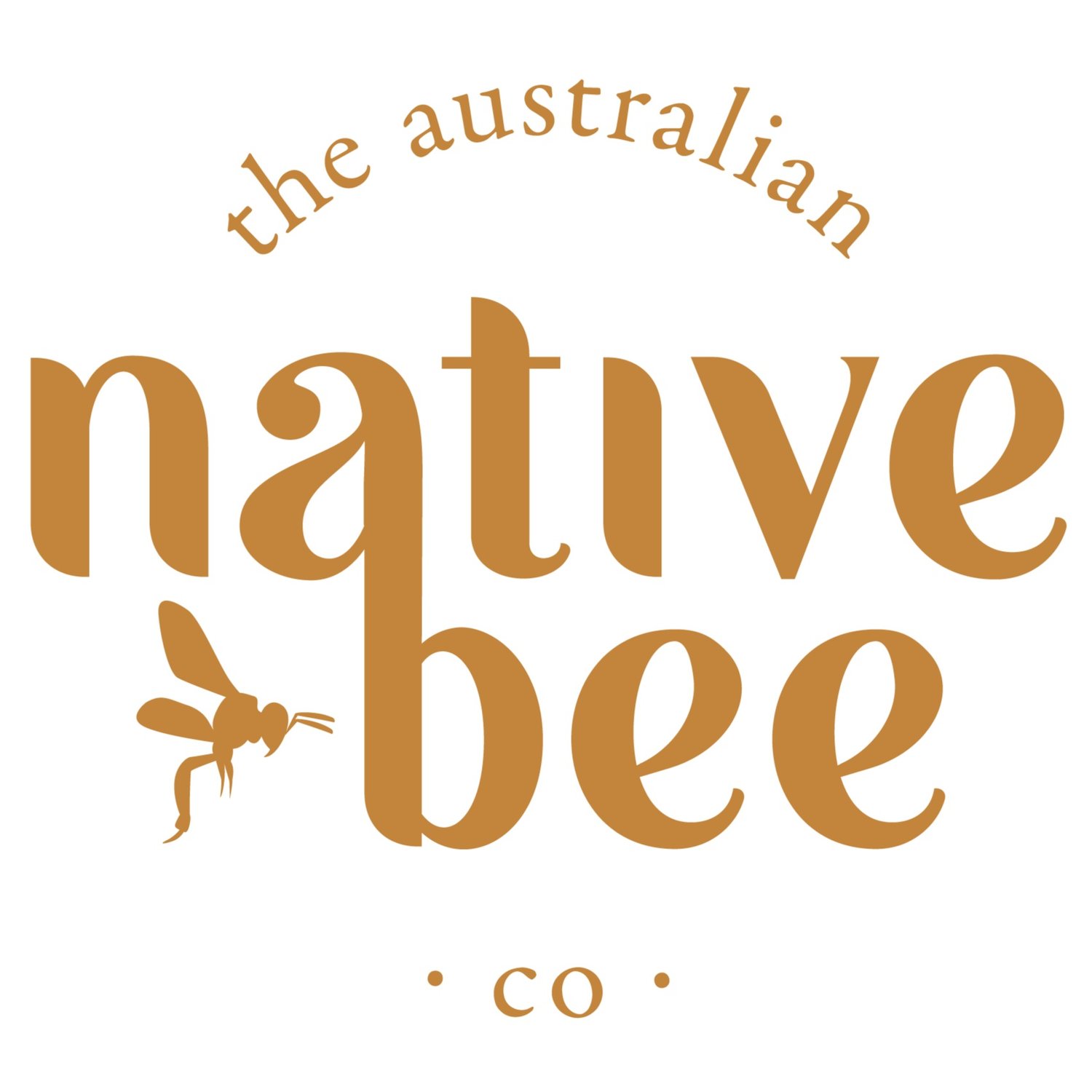Banksia Spinulosa
Banksia spinulosa – A Native Bee Favourite
If you’re looking to add a native plant to your garden that’s as beautiful as it is beneficial to native bees, look no further than Banksia spinulosa, commonly known as the Hairpin Banksia. This hardy, nectar-rich plant is a standout performer in gardens across much of eastern Australia and is a proven favourite with many native pollinators, including our precious stingless bees.
Banksia spinulosa is prized not only for its ecological value but also for its striking appearance. It features narrow, serrated leaves and bold, brush-like flower spikes that range in colour from golden yellow to reddish-orange, often with distinctive black styles—hence the name “hairpin.” These flowers bloom from autumn through winter, providing a critical nectar and pollen source when many other plants have finished flowering. For native bee enthusiasts, this extended flowering season is a huge advantage. At a time when forage options can be limited, Hairpin Banksias continue to provide a vital food source, supporting healthy hives through the colder months.
Banksia spinulosa is naturally found in a variety of habitats, from coastal heathlands to forested slopes across Queensland and New South Wales. It adapts well to a wide range of conditions, thriving in both sandy and loamy soils, and tolerates periods of dryness once established. It prefers a sunny position but will also grow in light shade.
Importantly, this plant is well-suited to temperate and subtropical climates, making it ideal for much of the same range where stingless bees are found. Whether you have a backyard, verge, or bushland block, Banksia spinulosa is a low-maintenance, high-reward option.
This versatile banksia comes in various forms, from compact shrubs just 1 metre tall to small trees reaching up to 6 metres, depending on the cultivar and conditions. Dwarf cultivars are available and make excellent choices for smaller gardens or even large pots, while larger forms can be used as screening plants or feature trees.
Once established, Banksia spinulosa is drought-tolerant and low-maintenance, requiring little more than occasional pruning to maintain shape and remove spent flowers. It is also non-invasive and safe for school and community gardens, making it a responsible choice for shared outdoor spaces.
Why Bee Lovers Should Plant It
Provides food during critical months (autumn–winter)
Offers shelter and structure for insects and birds
Low-maintenance and long-lived
Suitable for a wide range of climates and garden sizes
Australian native that supports local ecosystems
If you’re building a bee-friendly garden or looking to diversify forage options near your hive, Banksia spinulosa is a must-have. It ticks all the boxes: beautiful, resilient, and bursting with bee appeal.

